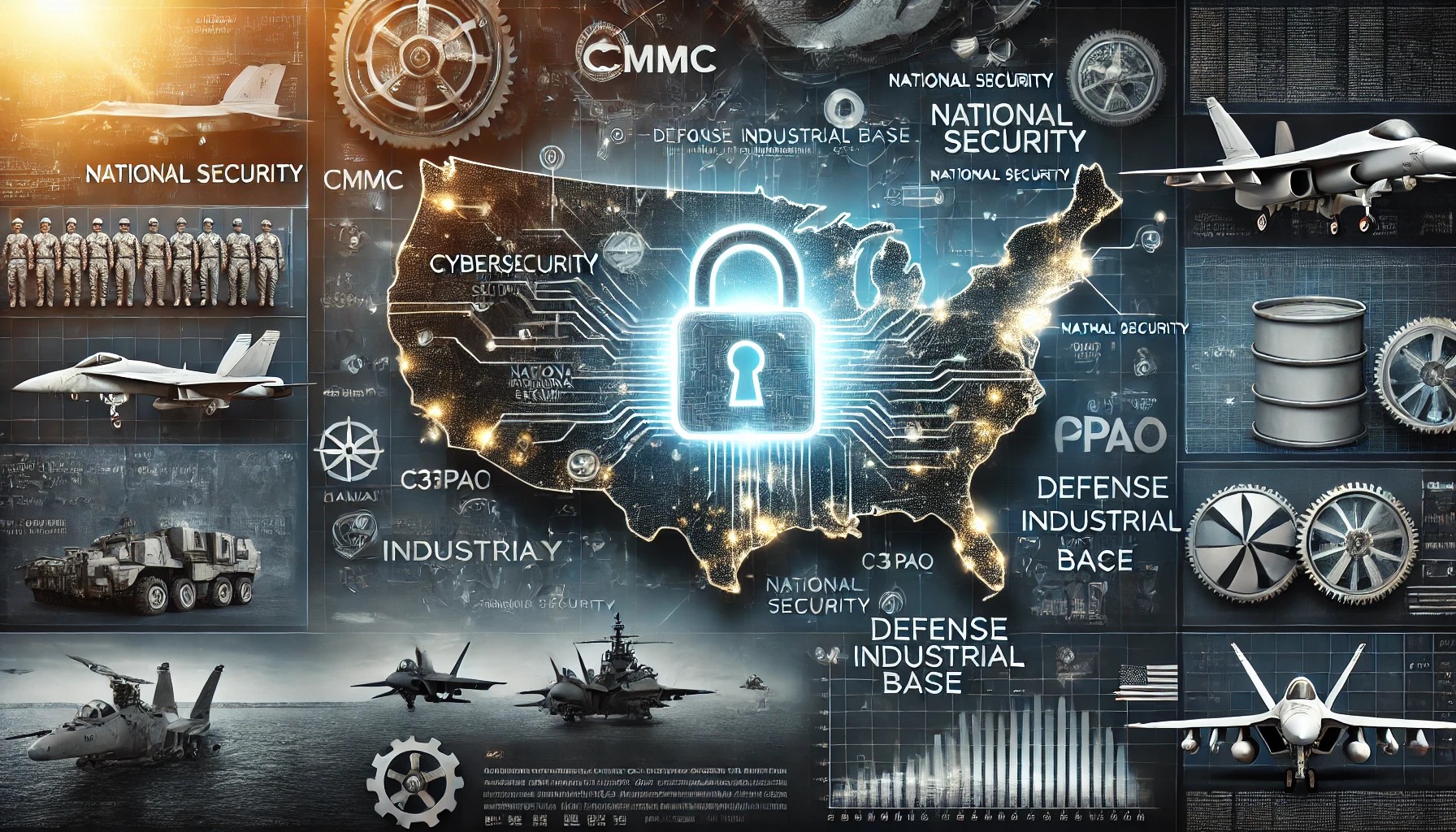Technical Safeguards and Physical Security Checks Required for CMMC Compliance Requirements
Cybersecurity isn’t just about firewalls and software patches—it’s about who can walk into a server room and how access is recorded. For companies handling federal contract information (FCI) or controlled unclassified information (CUI), meeting CMMC level 2 requirements means combining both technical tools and physical controls. Below are the details organizations often overlook but are absolutely vital for solid CMMC level 2 compliance.
Multi-Factor Authentication Requirements Enhancing System Entry Controls
Multi-factor authentication (MFA) isn’t just a suggestion—it’s a line of defense that’s required under CMMC level 2 requirements. It demands that users provide at least two different types of credentials to access systems. This could be something they know (like a password), something they have (like a security token), or something they are (like a fingerprint). MFA drastically reduces the risk of unauthorized access, especially from phishing attacks or compromised passwords, which remain common attack vectors. For organizations working toward CMMC level 2 compliance, MFA must be enforced not only at the network perimeter but also for internal systems handling CUI.
Technical safeguards like MFA show that access isn’t granted based on trust alone. It’s about proving identity consistently, whether logging in remotely or at the office. A qualified C3PAO will look for MFA protocols that are tightly configured and documented. Implementation without monitoring isn’t enough—logs need to show usage and any anomalies should trigger alerts. This kind of proactive defense checks a major box during assessments and proves that the organization takes access control seriously.
Why Does Facility Perimeter Monitoring Matter for CMMC Assessments?
Facility perimeter monitoring may sound like a task for security guards and gates, but it’s a direct piece of the CMMC puzzle. CMMC RPOs stress the need for layered security, and this starts well before someone reaches a server rack. Surveillance cameras, badge-controlled access points, motion sensors, and well-lit entryways are all part of a monitored perimeter. For contractors dealing with federal data, it’s about creating visible deterrents and measurable access logs that prevent unauthorized physical intrusion.
What assessors want to see is a system that shows intent. It’s not enough to have cameras—they need to be operational, footage must be stored, and alerts should be triggered in real time if something’s off. This physical vigilance mirrors the logic of cybersecurity: detect, delay, respond. For organizations working toward CMMC compliance requirements, this layer ensures that even the parking lot plays a role in keeping federal data secure.
Secured Equipment Storage Areas Limiting Physical Access Risks
Systems storing CUI don’t just sit out in the open. Secured storage areas, like locked server closets or restricted-access data centers, are required to keep critical assets safe from internal and external threats. This requirement is not just about big, flashy data centers—CMMC level 2 compliance applies equally to smaller environments, such as local offices storing laptops, removable media, or network gear. These spaces should have limited access based on role, with all entry events logged and reviewed regularly.
Security doesn’t end with a locked door. Badged entry, key code systems, or biometric scans should restrict who can even approach sensitive equipment. These controls are expected to be tested and updated, especially if staff roles change. A C3PAO will evaluate whether sensitive systems could be accessed by someone without clearance. Simply locking a door without tracking who enters or exits no longer meets today’s CMMC expectations.
What Role Does Cryptographic Key Management Play in Meeting CMMC Compliance?
Encryption helps protect data, but it’s cryptographic key management that holds the reins. Keys are the secret sauce behind encryption, and mishandling them can unravel everything. CMMC compliance requirements demand that organizations not only use encryption for CUI but also control how the keys are generated, stored, rotated, and destroyed. Without proper management, a compromised key could expose every file it ever touched.
CMMC level 2 requirements ask for detailed documentation around key lifecycle processes. This includes how keys are distributed to users, what systems they apply to, and how revocation is handled if a key is no longer secure. An assessment by a certified CMMC RPO will look for centralization and automation in key management tools. Manual processes invite mistakes, so technical safeguards must include backup, recovery, and limited administrative access to encryption mechanisms.
Physical Visitor Control Logs Supporting Audit Trail Integrity
Keeping track of who walks through your door might seem basic, but it’s a core CMMC requirement. Visitor logs serve as your backup story when something goes wrong. For CMMC level 2 compliance, physical access must be recorded, and visitor logs must be retained for a defined period. These records provide traceability, showing assessors that access to facilities with CUI wasn’t granted casually. Effective logs do more than note a name—they timestamp visits, list escort personnel, and specify the areas accessed. Logs should be reviewed and stored securely, either physically or digitally. A CMMC RPO will want to see how visitor access is granted, monitored, and removed. This small detail tells a larger story about organizational control and vigilance over data security—even down to the people walking your halls.
- Technical Safeguards and Physical Security Checks Required for CMMC Compliance Requirements
- Smart Steps for Small Businesses to Modernize Payroll Management
- Budget-Friendly Dental Care: How Families Can Strategically Reduce Treatment Expenses
- How to Exchange Bitcoin for Monero: A Comprehensive Guide
- The Ultimate Guide to Quiz Marketing: Engage, Entertain, and Convert

